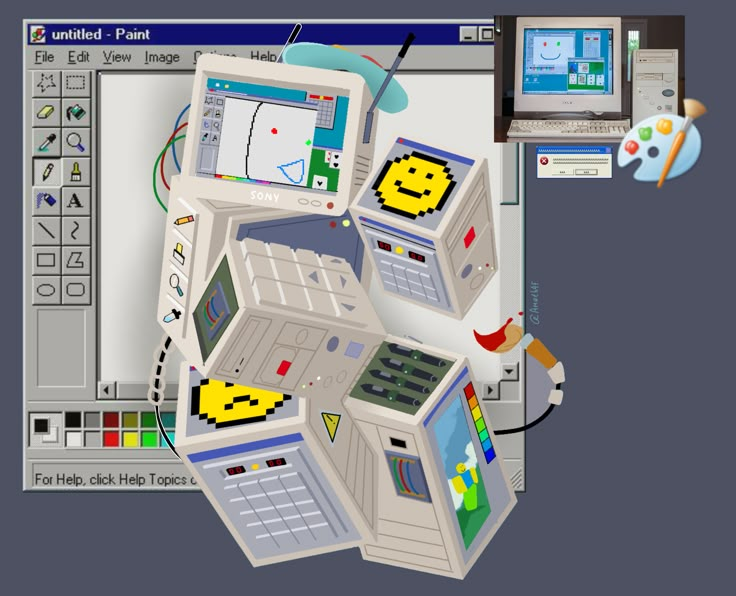When I was a kid, I often wondered: if we already know the world is made up of atoms, and even deeper down, there are bosons and quarks… if we understand molecular structures and even DNA, then why can’t we build a human being from scratch? Like stacking Lego blocks, starting from every single cell and neuron?
As I grew older, I slowly came to realize that every organic being is a complex system. And complex systems come with emergent properties that can’t be explained just by reducing everything to its parts. It’s not a puzzle you can solve with just the pieces.
But when I saw Neri Oxman’s work, that childhood curiosity came rushing back. She explores the intricate architecture of the body—“…specifically, the complex structure of muscles, connective tissues, tendons, and ligaments that modulate the human voice.” Her creations feel like organs, tissues, skin cells, and muscle fibers woven on top of the human body. In a way, it’s as if she’s printing a person—assembling them, piece by piece, from the outside in.
It made me think again: humans have skin, and our skin protects the inner body, so why do we even wear clothes?
That, too, was a question I pondered as a child. Now I think: at least part of the reason is that clothing is a form of self-expression. It plays a social role. For some people, clothes help them present themselves to the community of Homo sapiens, a web of shared meanings and intersubjective concepts.
But what happens when we start wearing artificial organs or microbial systems? What are we trying to say with that? How do we interpret such choices?
Maybe it’s an appreciation for the aesthetics of human anatomy. Maybe it’s curiosity about biological cells. Or maybe, just maybe, it’s a gentle reminder: we don’t stand above organic life—we are part of it.
That’s why I find these kinds of creations fascinating. They open up so many ways to understand ourselves.
There were also little phrases in the reading that I really enjoyed. For example:
“When you design a wearable, you are designing a very small building.”
That made me smile. It’s such a clever way to think about fashion, design, and embodiment.
I was also inspired by how they used MRI scans of a residual limb to 3D print a prosthetic device. It sparked a wild idea—what if someone designed a hat based on the brain’s fMRI or PET scan patterns? Imagine wearing your brainwaves like a crown.
The reading talked a lot about how these innovations rely on computational growth, data-driven material modeling, and additive manufacturing at the scale of cells.
They say the 21st century is the century of biology. Will I live to see a 3D printer that can actually print living cells?
Lazarus, another design piece, tries to offer a new interpretation of the death mask. But to understand death, we first have to understand life.
And yet… we rarely reflect on what it means to live. Life, for most people, is a default mode. We’re always breathing, moment to moment. And we can’t just decide to stop breathing in a room full of air—our brainstem won’t let us.
Breathing is so automatic that I can’t even remember when I learned to do it. Can you?
But the Lazarus mask brings together two concepts—death and breath. It’s meant to capture the spirit of the dead (and spiritus, in Latin, means breath). While the piece is about mortality, what it made me think about is this:
As someone alive, right now, how should I understand my breath?
Maybe it’s not just something that happens unconsciously—but a small, constant reminder:
I’m here. I exist. I’m alive.
Thoughts on Nervous System: (tool for parametric design)
Big shoutout to whoever built the software nervous system and kinetics system. They’ve taken geometry, given it a personality, taught it to dance, and somehow still made it all super engineering-rigorous. They call it “geometry begets materiality,” which sounds like something a wise monk would whisper in a cave, but it basically means: shapes aren’t just shapes, they become stuff.
What I love is how the system encourages designers to play. Not in the “everything’s perfect” way, but in the “go ahead, break it—it’s part of the process” way. It’s all about movement, not constraint.
One line from the article really stuck with me:
“Each component is rigid, but in aggregate they behave as a continuous fabric, allowing kinematic garments to flexibly conform and fluidly flow in response to body movement.”
As someone who writes code and works with virtual environments like MuJoCo and IsaacLab, which simulate physical worlds, I tried to imagine what it would take to program something like this… and my brain just politely walked out of the room. No clue. Coding this kind of system must require legendary levels of dedication, caffeine, and probably a few tears.
I was also surprised to learn that even back in 2009, there were already CAD software tools doing some of this (like The Cell Cycle, mentioned in the article).
One thing that really impresses me is how these tools free designers from having to manually worry about every little geometric detail or degree of freedom. You don’t need a PhD in topology to make something beautiful, you can just see your creation, tweak it, test it, let it move. And that’s the magic. I really believe that tools like this will keep expanding what’s possible in design, turning dreams into blueprints, and blueprints into wearable art.



